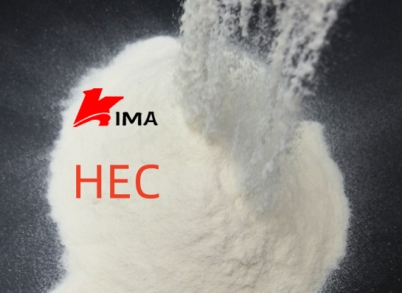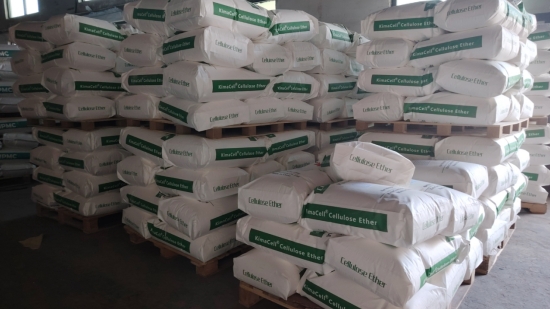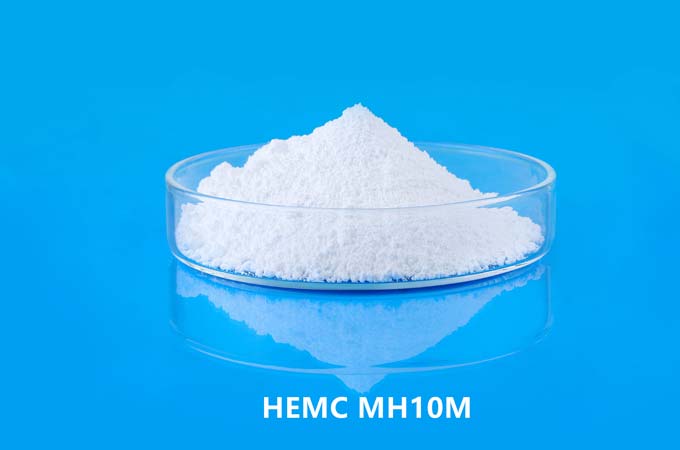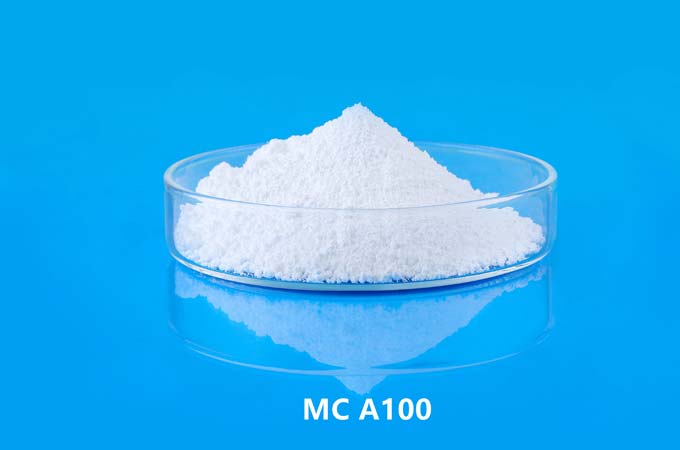Hydroxyethyl Cellulose (HEC) is a non-ionic water-soluble cellulose ether, which is obtained by etherification reaction of natural cellulose with ethylene oxide after alkalization. In terms of chemical structure, HEC replaces the hydroxyl groups on natural cellulose with hydroxyethyl groups, making it have good water solubility, thickening, emulsification, dispersibility, water retention and film-forming properties. It is widely used in building materials, daily chemical products, coatings, oil drilling, medicine and other industries.

1. Basic properties of hydroxyethyl cellulose
1.1. Appearance and solubility
Hydroxyethyl cellulose is a white to slightly yellowish tasteless and odorless powder that can be dissolved in cold water to form a transparent viscous liquid and is insoluble in most organic solvents such as ethanol and ether. It has good solubility in water and has high transparency and stability.
1.2. Viscosity characteristics
The viscosity of HEC depends on its degree of polymerization and degree of substitution, and is generally divided into low viscosity, medium viscosity and high viscosity products. Its aqueous solution has the characteristics of a non-Newtonian fluid, and exhibits shear thinning under shear force (i.e., the greater the shear, the lower the viscosity), which facilitates construction operations.
1.3. pH stability
Hydroxyethyl cellulose can be stably present in aqueous solutions with a pH range of 2 to 12, and is not easy to degrade or gel. This property makes it also have good adaptability in a variety of complex chemical systems.
1.4. Thermal stability and salt tolerance
Although HEC has a slightly reduced viscosity at high temperatures, its overall thermal stability is good, and it is especially suitable for oil drilling mud systems. At the same time, it has a certain tolerance to most electrolytes and metal salt solutions.
2. Main application areas
2.1. Construction industry
In construction materials such as putty powder, tile adhesive, mortar, and latex paint, HEC plays a role in thickening, water retention, and improving construction performance, improving the adhesion and anti-sagging properties of the material. Compared with cellulose ethers such as HPMC, HEC has advantages in the transparency and stability of aqueous solutions.
2.2. Paint industry
HEC is widely used in water-based paints as a thickener and emulsifier stabilizer to improve the rheological properties, brushing properties and uniform dispersion of pigments. Its non-ionic properties make it compatible with a variety of formulation ingredients and will not react with pigments, emulsions and other ingredients.
2.3. Oil drilling
In oil production, hydroxyethyl cellulose is added to the drilling fluid as a fluid loss reducer, which can effectively reduce the penetration of liquid into the well wall, thereby maintaining the stability of the well wall. In addition, it can also increase the viscosity of the mud, which is conducive to carrying rock cuttings and improving drilling efficiency.

2.4. Daily chemical industry
HEC is used as a thickener, stabilizer and moisturizer in daily chemical products such as shampoo, facial cleanser, toothpaste, and skin care products. It can improve the consistency and touch of the product, make the formula texture more delicate and stable, and improve the consumer experience.
2.5. Pharmaceutical and food industries
HEC has good biocompatibility and non-toxicity. It can be used as a pharmaceutical excipient in sustained-release preparations, gels, eye drops, etc.; it can be used as an emulsifier stabilizer and suspending agent in the food industry, but it must meet relevant food-grade standards before use.
3. Storage and usage precautions
3.1. Storage conditions
Hydroxyethyl cellulose should be stored in a cool, dry, well-ventilated environment, away from moisture and high temperature, and away from direct sunlight. The package should be sealed to prevent moisture absorption and agglomeration.
3.2. Dissolution method
When dissolving HEC, it should be slowly stirred and dispersed in water to prevent the formation of agglomerates. The pre-wetting dispersion method can also be used. First, mix HEC with some organic solvents (such as ethanol) or glycerol, and then gradually add it to water and stir to improve the dissolution efficiency.
3.3. Compatibility
HEC is a non-ionic thickener that is compatible with most surfactants, electrolytes and other additives. However, viscosity may still decrease in high-concentration electrolytes or extreme pH environments, and formula stability testing is required when using it.

4. Environmental protection and safety
HEC is derived from natural cellulose and is renewable, degradable, non-toxic and non-irritating. It will not cause environmental pollution after use and meets the requirements of green environmental protection. It is especially suitable for the high safety requirements of the daily chemical and pharmaceutical industries.
As a functional polymer material, hydroxyethyl cellulose has shown excellent performance and wide application value in all walks of life. With the continuous promotion of green environmental protection concepts and the increasing popularity of water-based systems, HEC will continue to play an important role in coatings, building materials, cosmetics and other fields. In the future, with the further optimization of its performance and the continuous upgrading of its process, the application scope and market prospects of hydroxyethyl cellulose will be broader.
 English
English 日本語
日本語 français
français Deutsch
Deutsch Español
Español italiano
italiano русский
русский português
português العربية
العربية Türkçe
Türkçe Nederland
Nederland






